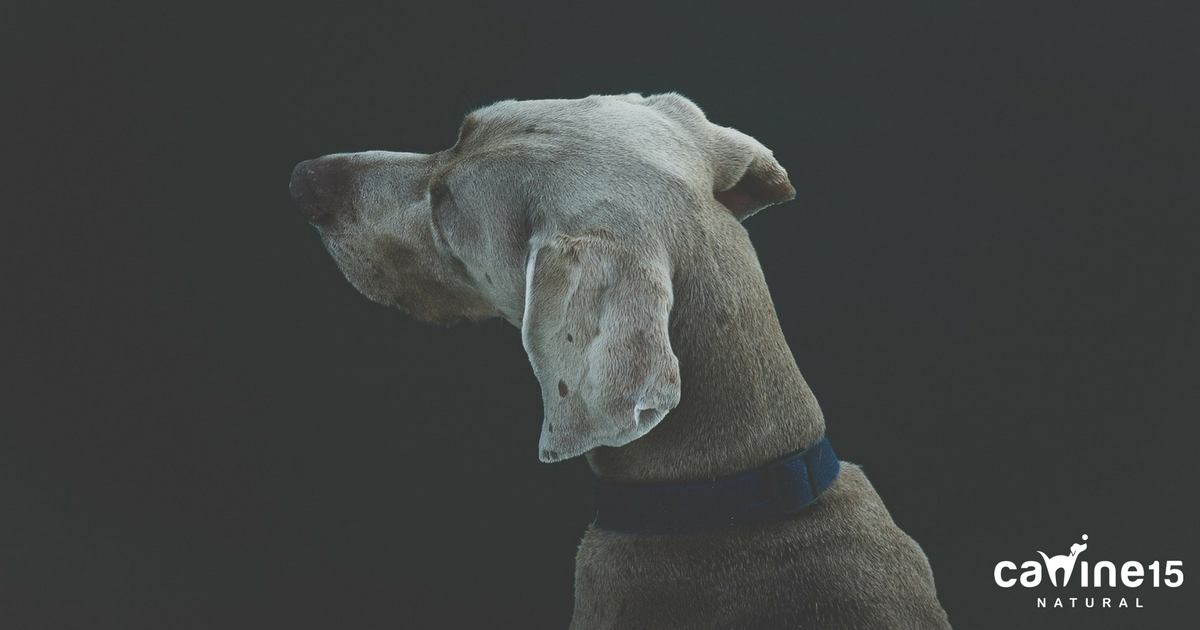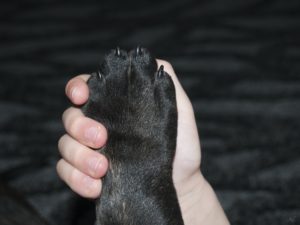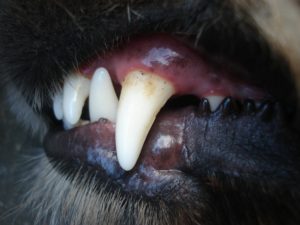
Knowing Your Dog’s Health
8 Simple Health Checks You Can do Yourself
Taking your dog to the vet for health checks can be costly. Getting regular check-ups are important and not something you want to overlook. Despite the cost, we want to ensure our dog’s health is excellent! Sometimes, though, our lack of knowledge leads to us to making an unnecessary vet visit when it could have been something we checked ourselves. Instead of spending the money for a check-up EVERY time you worry, simply do some of the health checks yourself. If you’re still concerned, bring that little guy in.
Here are 8 simple and effective health checks you can do to stay aware of your dog’s health and their overall state.
Maintain Your Dog’s Nails

Getting a dog’s nails trimmed is an important part of the grooming process. Often a visit to the vet will include a nail trim along with other health checks. Whether you do it yourself or go to a groomer, keeping your dog’s nails short can improve their health. When dogs have long nails, the nails get in the way, putting pressure on your dog’s back and legs. Long nails will actually cause your dog to walk differently. They will walk on the backs of their feet with long nails compared to normally walking on their toes. If nails are not trimmed short enough, they can even break or bleed. Keeping an eye on your dog’s nail length, will benefit your dog’s health in the long run! Good nail health improves posture, removes pressure on joints, and leaves your dog happy and healthy!
Tip: Put your dog on a surface that makes them uncomfortable (table, countertop, desk) and they will be less likely to squirm or try to escape.
Check Your Dog’s Paws

Walking our dogs is a part of being a dog owner. We need to get them out to keep them socialized and get exercise. Walks take place in various locations (streets, hills, paths), and we don’t always know what is on the ground. Sidewalks and alleyways often can have broken glass or other sharp and foreign objects. After a walk, a simple health check you can do for your dog is to take a look at her paws. Inspect her pads and the surrounding area to see if anything got stuck or cut. Be sure to wipe your dog’s paws after a walk as well. This can prevent him from licking anything he may have stepped in (coolant, road-salts, etc.).
Check Your Dog’s Teeth

Just like our dentist tells us we need to brush every day, so do our dogs (maybe not every day). Keeping his teeth clean will improve his health. Brushing teeth helps to remove problems such as gum disease, tooth decay, and even heart and liver problems! There are a number of different toothbrushes available to brush your dog’s teeth; some are finger toothbrushes with soft plastic bristles on the end, others are similar to our own toothbrushes. No matter what you choose, be aware that using human toothpaste is not a good idea. Invest in dog toothpaste (which comes in various flavours like chicken) that is good for your dog’s health.
Along with brushing their teeth, you can do some health checks while you are there:
- What colour are your dog’s gums?
- Normal colouring is a bubble-gum shade of pink. Swollen or bleeding gums are not normal.
- What does your dog’s breath smell like?
- Normal breath should not have a distinct odour. It should not be pungent or sickly smelling.
- Are there signs of decay or buildup on their teeth?
- Any discoloration or buildup is not healthy. Brushing each day can help avoid buildup and keep his teeth clean.
- How are their teeth?
- If you see any loose or broken teeth, it is important to get your dog to the vet to ensure those teeth do not get worse.
- How much plaque do they have on their teeth?
- Excessive plaque and tartar on their teeth can cause long-term health problems. Consider booking an appointment with your vet if it is not easily brushed away.
BONUS – What You Need to Know About Brushing Your Dog’s Teeth
For some dogs, brushing can be more of a challenge. The key is getting your dog used to having a toothbrush (or your finger) in their mouth. Just the same as training your dog, slowly work towards getting them used to the toothbrush and toothpaste. Begin by placing your fingers in her mouth and rubbing her teeth and gums. When doing this, remember to never let her pull away from you. If she pulls away and you allow her to, she is being rewarded (pulling away = freedom = struggle for you next time). Brush using circular motions on the outsides of the teeth, then move inwards. Give your dog breaks in between, brushing a few teeth at a time. Be sure to keep an eye out for any potential problems that could affect your dog’s health. Dog’s gums will bleed sometimes (just as ours do), but if there is excessive bleeding, contact your veterinarian. The more you get your dog used to having a toothbrush in his mouth, the less he will struggle! Be patient and work towards making those teeth shiny white!
Look at Your Dog’s Eyes

One great way to know your dog’s health is to take a peek into his eyes. All dogs will have gunk in their eyes just as we do when we wake up in the morning. Eye gunk is a normal part of the eye cleaning process to get rid of dirt or dust. Take a look at the consistency, colour, and frequency of the gunk. If your dog’s eye gunk is oozing and yellow, it may be a sign that they have infection or allergy.
Another eye health check is to gently lift her lid to see the whites of her eyes. If the colouring is white, that is a sign of good health. It is times when the eye is pink/red that there can be possible infection. If this is the case, see your vet. They can take a closer look to verify if your dog needs antibiotics.
Smell Your Dog’s Ears

This may be a weird thing to do, but smelling your dog’s ears can be a great way to check your dog’s health. A healthy dog’s ears will smell like nothing (except perhaps a slight doggy smell). On occasions when a dog’s ear has an infection, the ear will smell bad. You will know instantly if your dog has an ear infection when you give them a sniff. The bad smell will be very obvious and pungent. Book an appointment with your veterinarian – they will likely give you ear drops or other medications to clean up the infection.
Look at Your Dog’s Poop

It may not be pleasant, but it’s a quick test that can give you important information.
Take a look at your dog’s poop. Simply looking at the consistency of your dog’s poop is a great indicator of your dog’s health. A healthy stool will be:
- Chocolate brown colour
- Log shaped
- A normal amount compared to regular stools
If you find runny or discoloured poop, it can be an indicator that your dog has digestive issues. If you come across a stool that looks very unnatural or is paired with unusual symptoms (vomiting, loss of appetite, lethargy, etc.) be sure to contact your veterinarian!
It is good to keep tabs on your dog’s health and know when to bring your dog to the vet. Knowing what to look for is the best way to ensure a healthy dog. It can also prevent unnecessary trips to the vet! Of course, veterinarians are there for a reason. If ever unsure, contact them for help.
